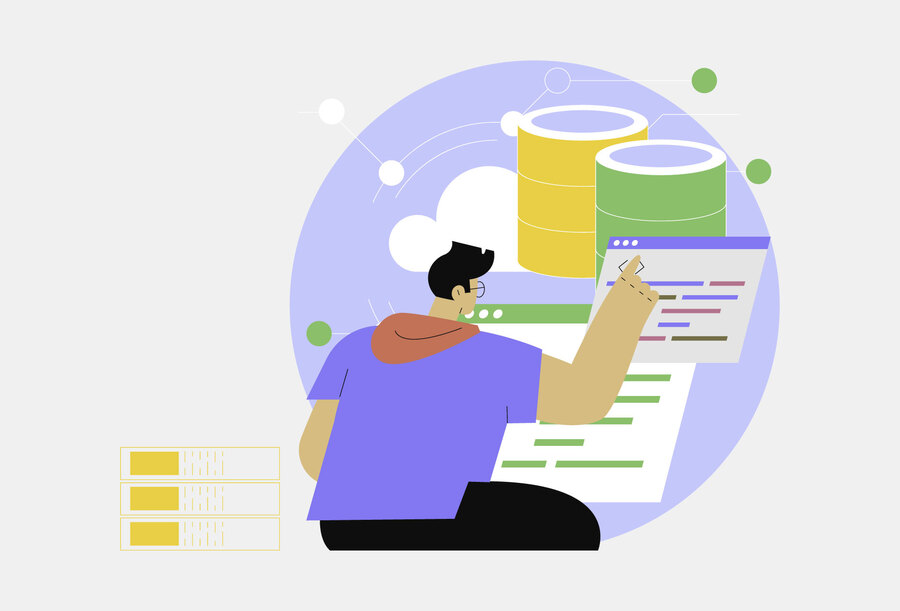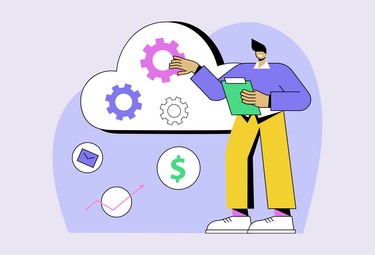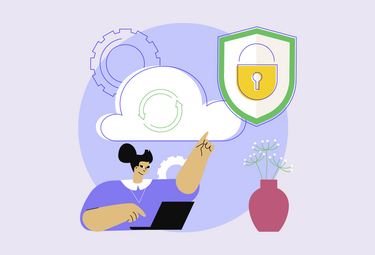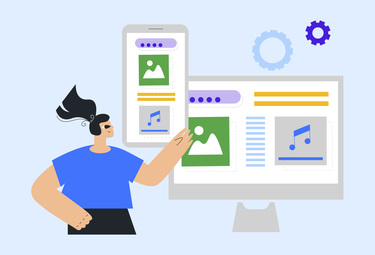Choosing the right cloud service delivery model is very often crucial for business efficiency and scalability. With cloud technologies, companies gain access to multiple tools. They therefore do not need to invest in their own infrastructure to host or use specific applications, software or other platforms. The three most popular models, namely SaaS, PaaS and IaaS, offer varying levels of responsibility and control for customers. What they do have in common, however, is the way they operate, which is to make resources available only at the request of the service recipient. However, each responds to different needs, so before migrating to the cloud, it is worth carefully analysing their characteristics in order to choose the one that is truly appropriate for the projects under way.
What is the difference between SaaS, PaaS and IaaS?
- SaaS (Software as a Service) - a model in which off-the-shelf software is provided as a service. The service provider manages the entire infrastructure, platform and applications itself, and the customer has access to them via a web browser. Moreover, it does not have to worry about technical issues such as installation, configuration, maintenance etc. SaaS applications are usually available on a subscription or subscription basis and only require permanent Internet access.
- PaaS (Platform as a Service) - a model in which a development platform is provided as a service. It enables developers to create, test and deploy applications without the need for infrastructure or system management. The platform provider is only responsible for maintaining servers, networks and operating systems. PaaS offers off-the-shelf programming language components to develop new solutions within specific applications. Hence, it accelerates business innovation and additionally increases data security. On the other hand, from a cost point of view, it eliminates the need to spend money on software licences on a cyclical basis.
- IaaS (Infrastructure as a Service) - a model in which IT infrastructure is provided as a service, i.e. physical resources such as virtual machines, servers, storage, which can be flexibly scaled according to needs. In this case, it is the customer who has far more control than the provider. IaaS can be successfully used to move a company's locally stored digital assets to the cloud. This type of service removes the constraints associated with physical hardware that must be rented or purchased. Payments are settled in a very favourable pay-as-you-go format, i.e. according to actual usage, e.g. disk space.
In the table below, we have summarised the most important differences between the models discussed.
| Saas | PaaS | IaaS | |
| Supplier responsibility | Management of all software, including applications and data | Management of computer infrastructure and development platform | Management of IT resources, i.e. virtual machines, networks and storage |
| Level of customer control | Low | High | Top |
| Mode of access | Web browser | Programming interface (API) | Programming interface (API) and remote access (SSH etc.). |
| Flexibility | Limited flexibility in functionality and configuration | Flexibility to develop and implement applications using available tools and components | High flexibility to adapt infrastructure to needs, flexible scaling of resources |
| Examples of use | Use of off-the-shelf applications such as email, customer relationship management (CRM) systems, content management systems (CMS) | Developing, testing and deploying custom web applications, developing and scaling mobile applications, data analytics and machine learning | Building a flexible IT infrastructure for projects requiring full control, such as e-commerce applications, test and development environments, Big Data analytics |
Advantages and disadvantages of cloud service models
There are no rigid rules about which model (SaaS, PaaS, IaaS) is the most effective. It all depends on the needs of the individual company and the sophistication of its IT infrastructure. Consequently, many individual factors usually determine the choice of a particular option.
The table below shows the advantages and disadvantages of the available solutions. It should be noted that it is subjective in nature, as something that will be a disadvantage for one organisation may turn out to be an advantage for another.
| Advantages | Disadvantages | |
| SaaS |
|
|
| PaaS |
|
|
| IaaS |
|
|
Matching the right cloud model
As we have already mentioned, the choice between cloud service delivery models depends on the needs and priorities of the organisation in question. Nevertheless, in simple terms, it can be assumed that:
- SaaS will work well for end users who need immediate access to functioning applications;
- PaaS tends to be chosen by development teams, primarily due to the presence of off-the-shelf tools and development environments;
- IaaS will be a suitable option for businesses with specific control requirements and IT infrastructure flexibility.
Aspects such as, for example, cost, scalability, flexibility or the level of control over the IT back office should be considered. Security and data availability at the level of the entire infrastructure are also important factors. In addition to this, a key issue is to find a service provider who, on the one hand, will ensure adequate preparation for the database migration process and, on the other hand, will provide an advanced platform that meets expectations in terms of functionality.
Looking at global end-user spending on cloud services in 2022, SaaS was the most popular model, mainly due to its ease of use. PaaS followed closely behind, and the smallest market share of the solutions discussed was IaaS, although it is expected to record the highest growth rate (Gartner, April 2023).
Regardless of the solution chosen, cloud services bring many benefits, such as scalability, cost flexibility or efficiency and speed of deployment, for example. With a thorough understanding of the characteristics of the different models, companies can effectively exploit the potential of the cloud, among other things, to improve their business as well as to succeed in the dynamic world of technology.





